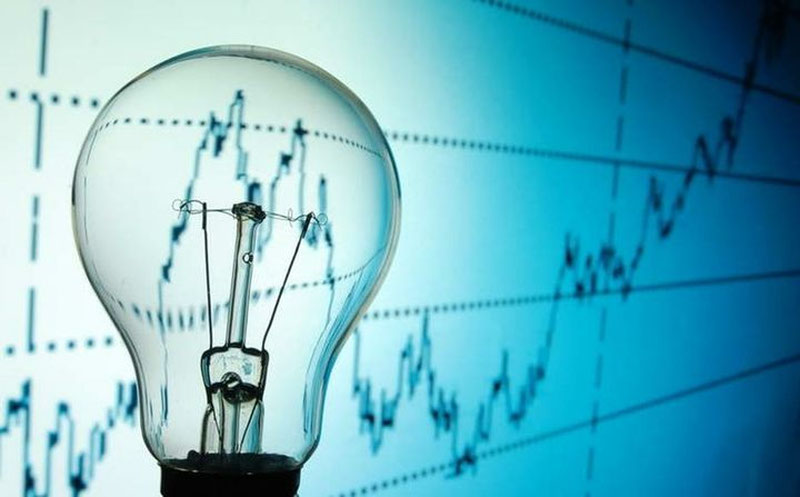The Center for Economic Research and Reforms conducted a study in May 2024 to assess the impact of the new tariff policy based on the social consumption norm introduced at that time on household energy consumption.
3,516 million households from all regions of the republic participated in the study. Additionally, consumption data from 3.5 million natural gas and 8 million electricity subscribers were analyzed. This provides an understanding of the population's attitude towards changes in the composition of energy consumption and tariffs.
The analysis results show that electricity consumption from May to December 2024 decreased by 10.6 percent compared to the same period in 2023, saving 1.3 billion kWh.
The number of households consuming more than 10,000 kWh of electricity per month has notably decreased. While in 2023, the number of such families was close to 80,000, it decreased to 15,000 in 2024.
Interestingly, the majority of the population continued to use energy within the usual norms. The share of subscribers consuming up to 200 kWh of electricity per month remained stable at 71 percent in 2023 and 72 percent in 2024.
The same trend was observed in natural gas consumption, where 58 percent of subscribers used up to 500 cubic meters of natural gas in 2024, compared to 54 percent in 2023. Thus, the increase in tariffs did not lead to a sharp change in the main consumption volume.
The most significant decrease was observed in regions with initially higher consumption rates, such as Samarkand, Tashkent, Andijan, and Namangan provinces. The number of households with high consumption levels (more than 10,000 kWh per month) significantly decreased, indicating a shift towards more economical use of energy resources.
At the same time, the quality of energy supply is improving. According to survey results, nearly half of the respondents noted positive changes in electricity supply, as well as in the supply of natural and liquefied gas.
47 percent of households, particularly in Surkhandarya (78 percent), Sirdarya (70 percent), and Namangan (67 percent) provinces, reported improvements in electricity supply.
39 percent of respondents reported improvements in natural gas supply, with the highest indicators in Khorezm and Surkhandarya provinces (each 68 percent) and Jizzakh province (60 percent).
45 percent of the population, especially in Sirdarya (73 percent), Surkhandarya (62 percent), and Namangan (59 percent) provinces, reported improvements in the supply of liquefied gas. Consequently, ongoing reforms have led to improved access to main energy services.
Another positive change was the widespread adoption of energy-saving measures at the household level. More than 90 percent of respondents reported implementing at least one measure to reduce energy expenses.
The most common practice was the installation of LED lighting devices, with 87 percent of households switching to LED lighting, and in certain regions like the Republic of Karakalpakstan, Khorezm, Navoi, and Tashkent provinces, this number exceeded 90 percent.
44 percent of households, particularly in Kashkadarya (84 percent), Bukhara (69 percent), and Khorezm (54 percent) provinces, improved energy efficiency by installing plastic windows and doors.
31 percent of households purchased energy-efficient household appliances, with the largest shares in Jizzakh (60 percent), Navoi (59 percent) provinces, and the Republic of Karakalpakstan (54 percent).
Additionally, interest in using renewable energy sources is growing.
In the republic, 64,000 households have installed solar panels with a total capacity of 223.4 MW/h. The annual production amounts to approximately 313 million kWh, saving 104 million cubic meters of natural gas.
More than half of the households that installed solar panels are satisfied with the results and are interested in increasing the number of these devices in the future. The analysis indicates that there is a demand for solar panels installation in 1.9 million households in the republic, opening prospects for forming a domestic market worth over $2.3 billion.






